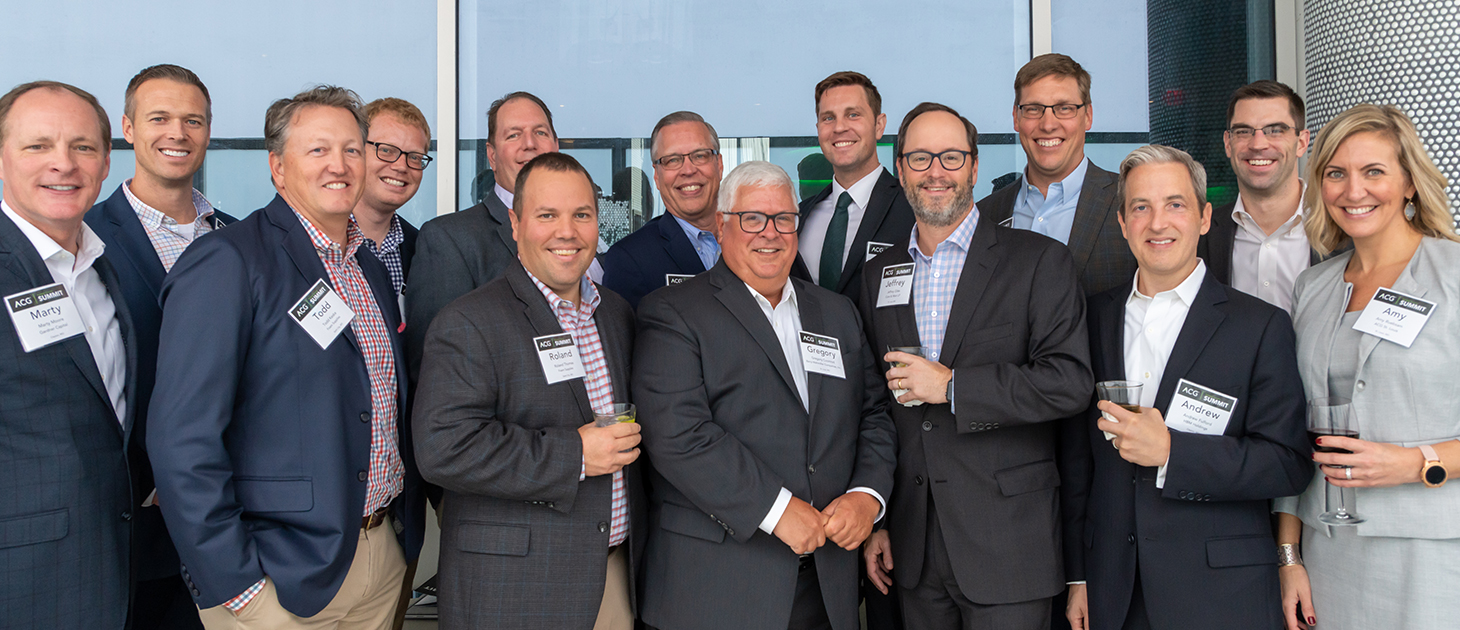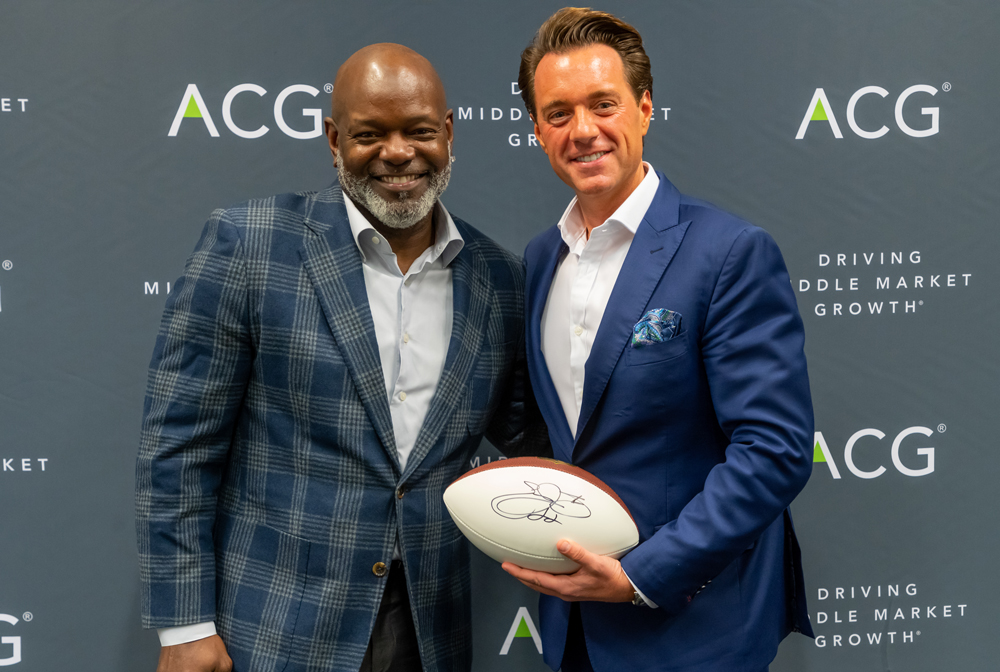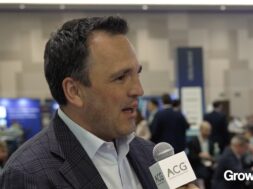Developing a Corporate Community
The Association for Corporate Growth hosted its first Strategic Acquirer Summit to offer corporate development professionals a chance to come together and hear from their peers.

Although corporate development professionals across industries face a similar set of issues, there are few opportunities for them to come together and hear from their peers.
To fill that void, the Association for Corporate Growth hosted its first Strategic Acquirer Summit on Nov. 4-5. The program featured panel discussions on topics such as divestitures, finding the right buyer, building successful deal teams and competing against private equity firms.
During one session, panelists discussed the growing use of representations and warranties insurance by corporate buyers. According to Matthew Wiener, senior vice president at Aon, representations and warranties insurance has been used by private equity over the past five years. But that has changed in the last several years. “We will place more than 750 representations and warranties insurance policies in the U.S. alone this year and expect more than 40% to be for public companies,” he said.
Reps and warranties claims are noticed on approximately 20% of the policies issued with Aon, according to Wiener, and the period between initial notice and resolution can range from a couple of months to over a year, depending on the nature of the claim and level of engagement by the insured.
More than 120 attendees registered for the summit, representing organizations ranging from occasional acquirers in the lower middle market to acquisitive multinational organizations like Kimberly-Clark and Microsoft.
During an onstage interview highlighting best practices in cross-border dealmaking, Robin Sitver, vice president of global business development for diabetes care at Johnson & Johnson, described the importance of adapting to local cultural norms. For example, when discussing a transaction with a group outside the U.S., “it helps if you hold the meeting in their local time,” she told the audience.
Podcast: How Deals Get Done
On the grounds of the Association for Corporate Growth’s recent Strategic Acquirer Summit, Middle Market Growth sat down with two corporate development leads who discussed their roles and how they approach M&A. Listen by clicking the play button below.
Following each panel, conference attendees continued the conversation in smaller groups. For example, after the insurance panel, a roundtable discussion addressed how to evaluate cybersecurity during due diligence. One participant described a deal that fell through after a third party contracted by his organization discovered an earlier security breach at the target company.
Many conferences catering to a corporate audience prioritize programmed sessions over relationship-building, something the summit tried to improve upon through the roundtables and dedicated time for networking, according to Aaron Polack, head of business development at Lion Equity Partners and a co-chair of the event.
“I’ve been to events where you sit in the same seat all day,” he said. “Attendees appreciated the designated opportunities to build their peer network and to use them as a sounding board.”
Looking Ahead
During his economic update presentation at the summit, Gus Faucher, chief economist for PNC, described the state of the global economy and identified areas of risk and opportunity.
Although growth in U.S. manufacturing remains flat, historical data suggests its slowing performance may not spread to other sectors. Faucher pointed to a period several years ago when the overall economy continued to expand even as manufacturing activity slowed.
Still, other threats persist. Finding qualified talent remains a challenge for business growth, and corporate debt poses a risk that Faucher called “the biggest fault line for the U.S. economy.” That, along with corporate real estate, where prices have increased, are areas to watch. “It’s easy to see how it could become a problem in six to nine months,” he said.
One bright spot is consumer spending, which makes up two-thirds of the U.S. economy. “The biggest reason for optimism is what’s going on with consumers,” Faucher told the audience. “Since 2017, incomes have grown faster than spending, so there’s not only spending growth but household savings growth.”
Trendspotting
A strong economy buoyed by consumer spending could bode well for corporations represented in the room, but selecting the right acquisition targets can still be daunting. During the summit’s closing keynote interview, Emmitt Smith, the NFL Hall of Fame running back-turned-entrepreneur, described how he chooses investments.
“There are a lot of shiny lights out there. Everybody has the next hot thing,” he said. “As an athlete, there are a lot of things coming at you.”
Knowing how much he’s able to spend is the most important consideration, said Smith, who has run real estate, construction and technology businesses since retiring from football. Next is having the foresight to know where an opportunity will lead him.
In the late 1990s, Smith learned of a burgeoning tracking technology known as RFID. Through that solution, he saw a chance to address the rampant counterfeiting happening with autographed sports goods and luxury items.

“THERE ARE A LOT OF SHINY LIGHTS OUT THERE. EVERYBODY HAS THE NEXT HOT THING. AS AN ATHLETE, THERE ARE A LOT OF THINGS COMING AT YOU.”
EMMITT SMITH
Pro Football Hall of Fame Running Back, Businessman and Entrepreneur
As a professional athlete, Smith was used to signing footballs and jerseys, but when they were resold to collectors, there was no way to verify the signature was actually his. In fact, often it wasn’t. “In sports memorabilia, fraud is everywhere,” he said.
He was inspired by the potential for RFID tracking and recalled writing up a patent in 2002, which formed the basis for his company PROVA. Today, PROVA’s proprietary technology helps authenticate sports collectibles and merchandise, along with luxury and consumer goods. It’s been more than 20 years since Smith spotted the potential of RFID tags and the technology has since become commonplace in the retail industry. “I had the vision to see things and that it was heading in that direction,” he said.
Attendance at the summit was limited to corporate strategic acquirers, along with eight sponsoring organizations: Aon, Baker Tilly, Grant Thornton, Merrill Corporation, Riveron, Sheppard Mullin Richter & Hampton LLP, Polsinelli and PNC.
For Brent Baxter, managing director at investment bank Nolan & Associates and the summit’s co-chair, the highlight was seeing the engagement among attendees and their interest in sharing their own experiences with each other.
“It speaks to the commonality of what they do for a living,” said Baxter, who also serves as vice chairman of the ACG Global board. “It doesn’t matter if it’s industrial or consumer goods, the process and practice of corporate development is common. The trends and deal issues are the same, which speaks to why this event resonates.”

Kathryn Mulligan is the editor-in-chief of Middle Market Growth.


